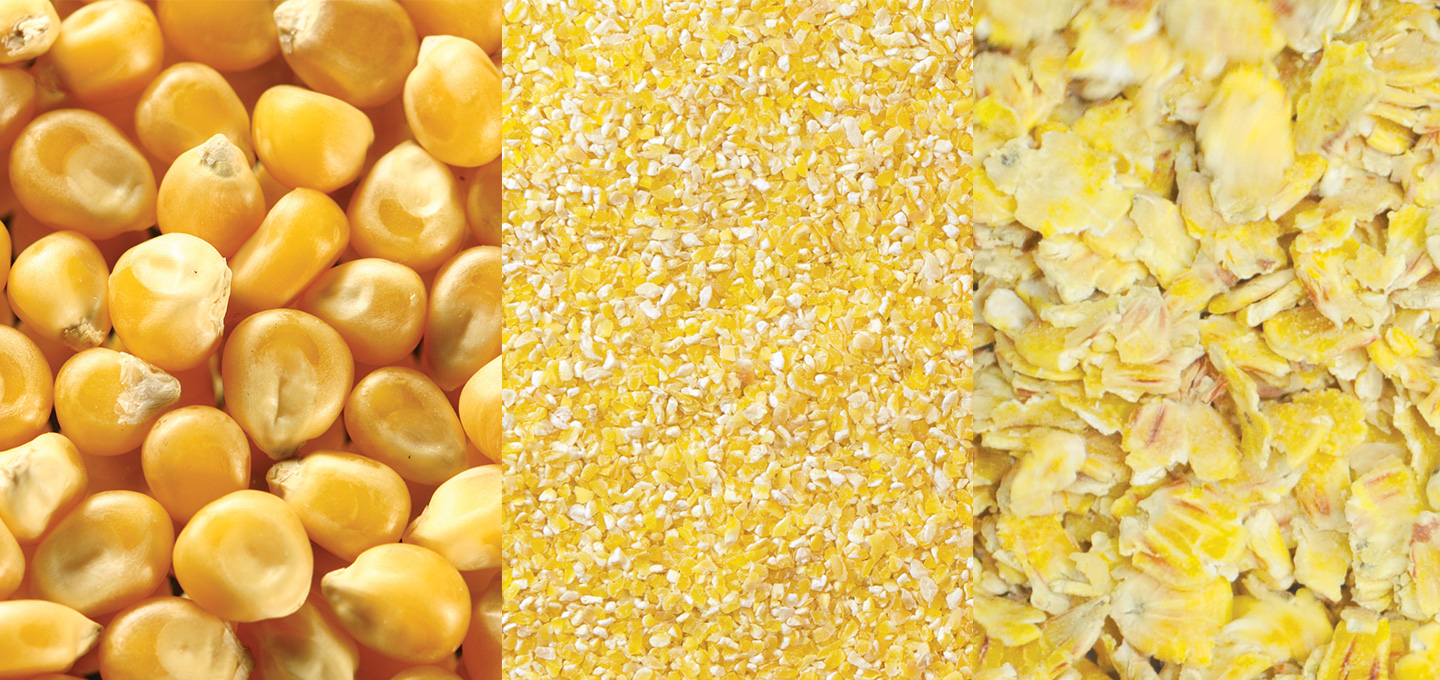THE STOMACH AND GASTRIC ULCERS
To know more about gastric ulcers, consult the article « Gastric ulcers in the athletic horse ».
SQUAMOUS ULCERS (OR NON-GLANDULAR)
Gastric ulcers can develop in the squamous mucosa of the stomach, the area at the top of the stomach, which is not protected and thus highly exposed to projections of acid. The squamous mucosa is therefore sensitive to periods without food, lack of forage, lack of water, excess cereals and starch, strenuous exercise (above all just following a cereal based meal or a long period of time since the last distribution of hay), and a massive dose of electrolytes.
GLANDULAR ULCERS
Gastric ulcers can also develop in the stomach’s glandular region. This is the lower part of the stomach, which is responsible for producing gastric sugars. As this mucosa bathes in a highly acid liquid it is protected, notably by a thick mucus. The cause of the development of ulcers in this region of the stomach is unknown at this moment in time, but would be related to a disturbance to the defence mechanisms of cells.
RECOMMENDATIONS
An epidemiological study was carried out on 201 horses in Denmark (sport, leisure and breeding horses). The authors considered that the horses had ulcers if they showed a severity score of at least 2 out of 4, which equates to a minimum of small sized ulcers.
This study demonstrated that horses receiving more than 100g of starch per 100kg live-weight and per meal had 2.6 times the risk of suffering from squamous gastric ulcers than horses receiving less than 100g of starch per 100kg live-weight and per meal. This risk becomes greater as the quantity of starch distributed per meal increases : above 200g of starch per 100kg live-weight, horses had 3.5 times more risk of suffering from squamous gastric ulcers.
REVERDY ADVISES
- To help prevent ulcers, do not exceed 100g of starch per 100kg live-weight per meal,
- In the event of the known presence of ulcers, do not exceed 50g of starch per 100kg live-weight per meal, for at least the first month after ulcers have been diagnosed, to accompany a prescribed treatment
(see the reasons behind this in November's Article of the month, and the advice given in November's Question of the month).
The recommended quantities in the table below have been calculated taking into consideration both the starch provided, as well as the size of the stomach (do not exceed 400g/100kg live-weight of feed per meal).
| Maximum quantity per meal based on the weight of the horse | ||||
| Reverdy feed | 400 kg | 500 kg | 600 kg | |
| Preventing gastric ulcers | Adult | 2 litres (1.4 kg) | 2.5 litres (1.8 kg) | 3 litres (2 kg) |
| Adult Energy | 1.5 litres (1 kg) | 2 litres (1.4 kg) | 2.5 litres (1.8 kg) | |
| Racing | 2 litres (1.4 kg) | 2.5 litres (1.8 kg) | 3 litres (2 kg) | |
| Training | 2 litres (1.4 kg) | 2.5 litres (1.8 kg) | 3 litres (2 kg) | |
| Adult Specific Energy | 2.5 litres (1.8 kg) | 3 litres (2 kg) | 3.5 litres (2.4 kg) | |
| Breeding | 2 litres (1.4 kg) | 2.5 litres (1.8 kg) | 3 litres (2 kg) | |
| To accompany the gastric ulcer treatment | Adult Specific Energy | 2 litres (1.4 kg) | 2.5 litres (1.8 kg) | 3 litres (2 kg) |
"BUT ALSO... "
- Ad-lib fresh water,
- Feed hay ad-lib,
- Feed a luzerne based food with a high buffering effect,
- Feed oil rich in essential fatty acids (OMEGA OIL),
- Avoid periods of fasting,
- To strengthen the stomach’s cells defence mechanisms and buffer gastric acidity we suggest you give 2 measures of CARE daily until recovery, then 1 measure thereafter.
- To protect the stomach’s cells from acid attacks we also recommend administering 1 syringe of GASTRIC GEL the evening before work and /or travelling
TO LEARN MORE
Luthersson, N., Hou Nielsen, K., Harris, P. & Parkin, T. Risk factors associated with equine gastric ulceration syndrome (EGUS) in 201 horses in Denmark. Equine Vet. J. 41, 625–630 (2009).




